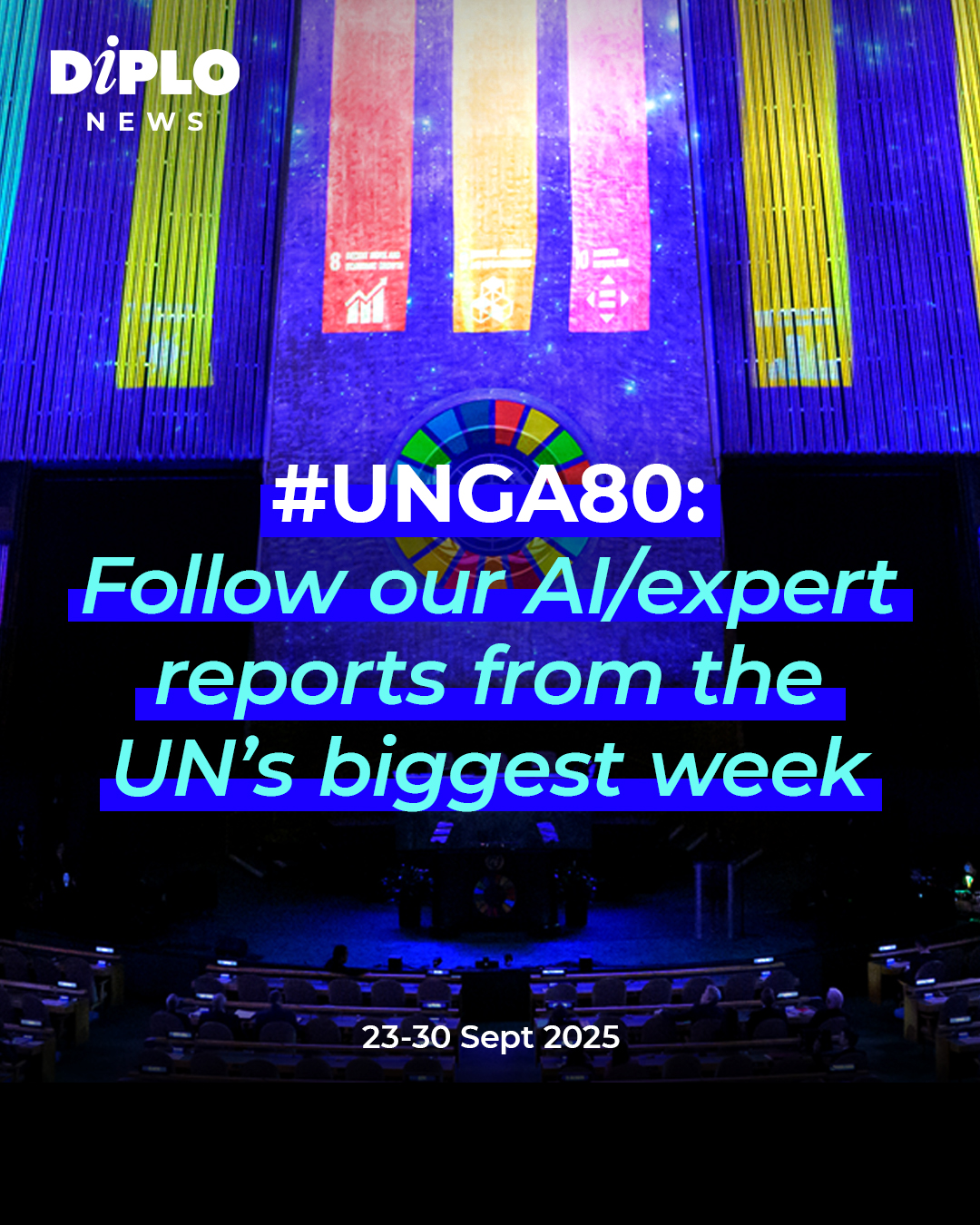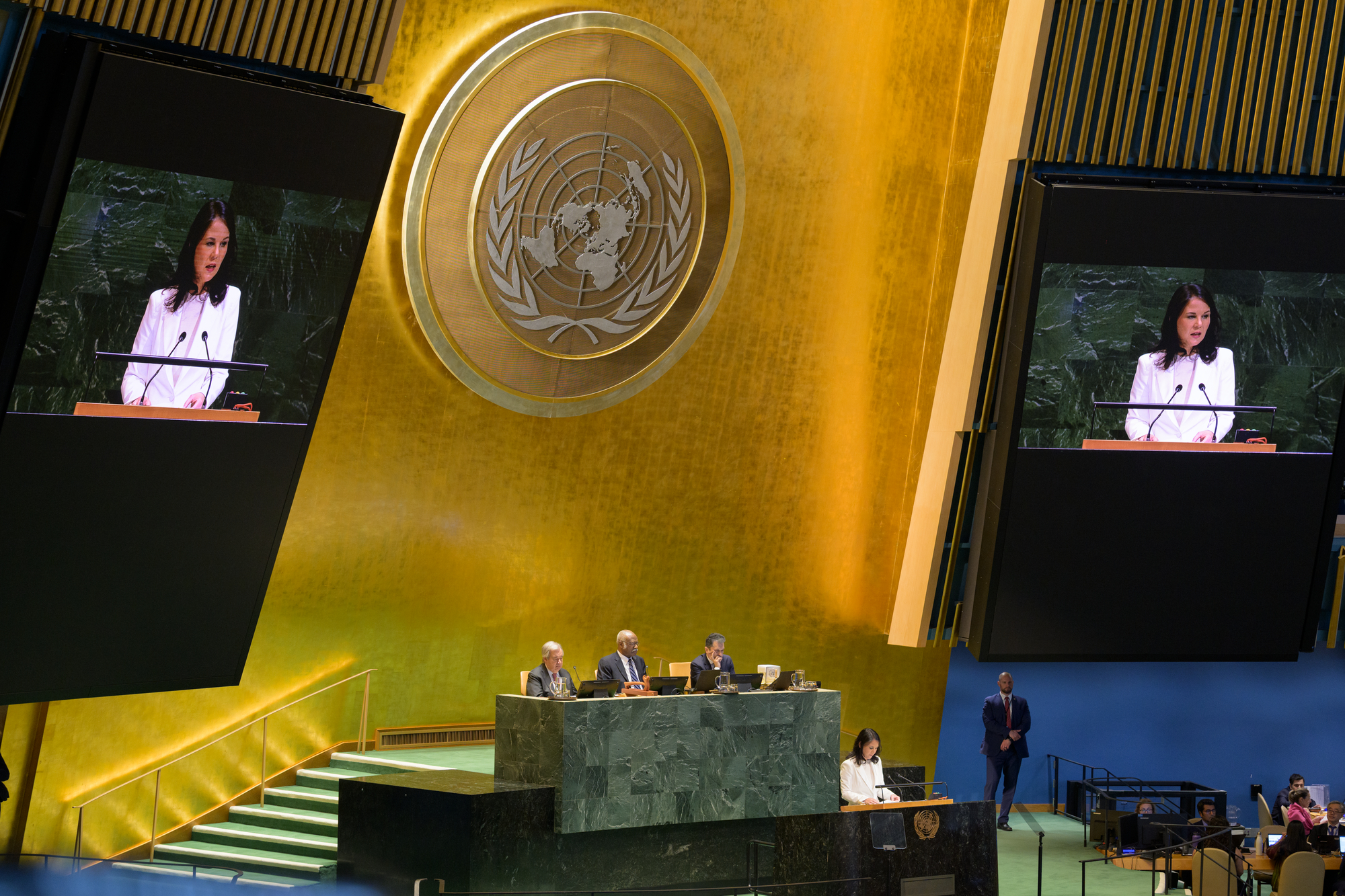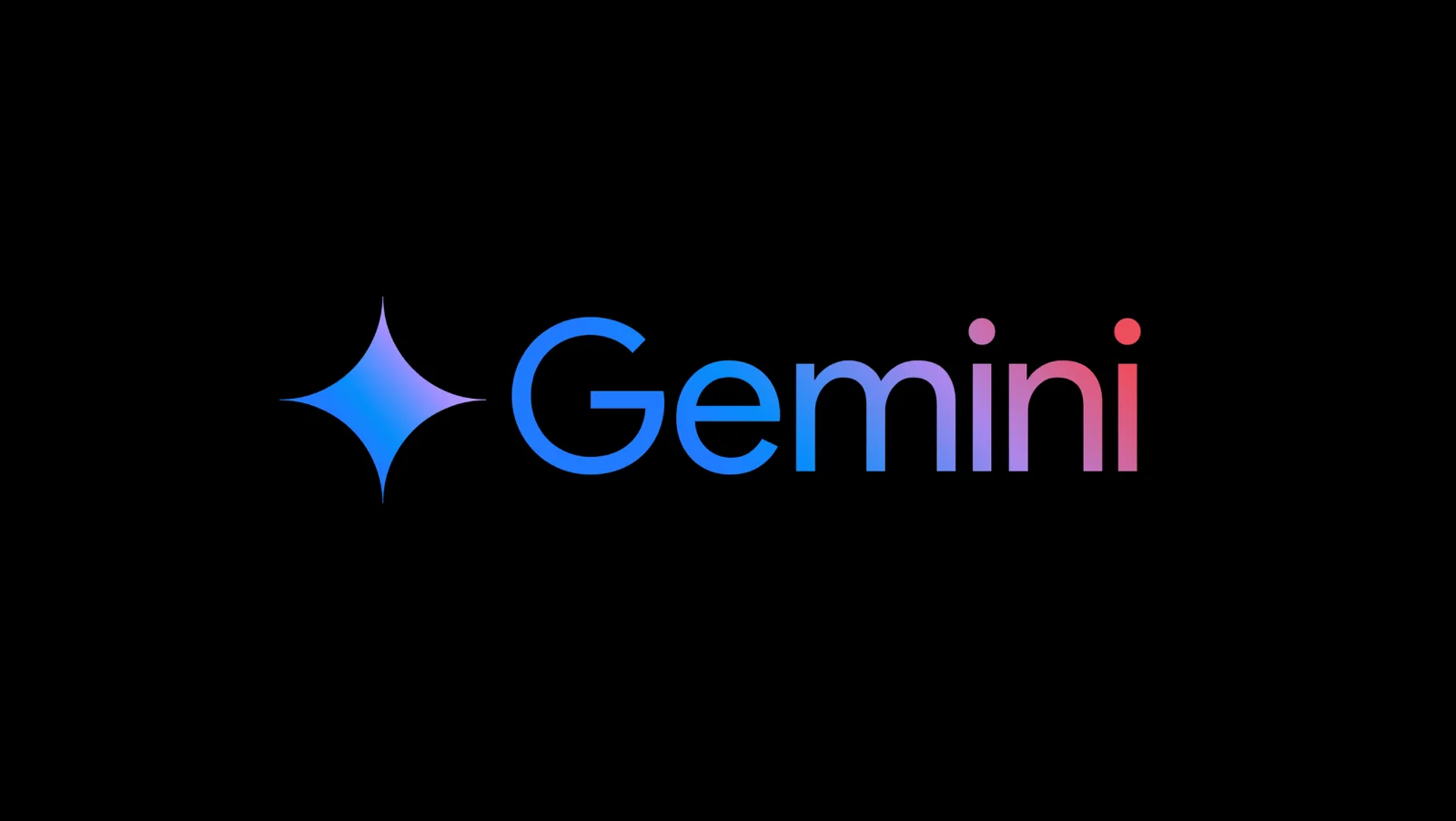Doctors, researchers and technology leaders will work together to accelerate the safe adoption of AI in the NHS, under a new commission launched by the Medicines and Healthcare products Regulatory Agency (MHRA).
The body will draft recommendations to modernise healthcare regulation, ensuring patients gain faster access to innovations while maintaining safety and public trust.
MHRA stressed that clear rules are vital as AI spreads across healthcare, already helping to diagnose conditions such as lung cancer and strokes in hospitals across the UK.
Backed by ministers, the initiative aims to position Britain as a global hub for health tech investment. Companies including Google and Microsoft will join clinicians, academics, and patient advocates to advise on the framework, expected to be published next year.
A commission that will also review the regulatory barriers slowing adoption of tools such as AI-driven note-taking systems, which early trials suggest can significantly boost efficiency in clinical care.
Officials say the framework will provide much-needed clarity for AI in radiology, pathology, and virtual care, supporting the digital transformation of NHS.
MHRA chief executive Lawrence Tallon called the commission a ‘cultural shift’ in regulation. At the same time, Technology Secretary Liz Kendall said it will ensure patients benefit from life-saving technologies ‘quickly and safely’.
Would you like to learn more about AI, tech and digital diplomacy? If so, ask our Diplo chatbot!











